Production ready EKS cluster setup — Part I
Using AWS CloudFormation infrastructure as a tool to provision the EKS cluster
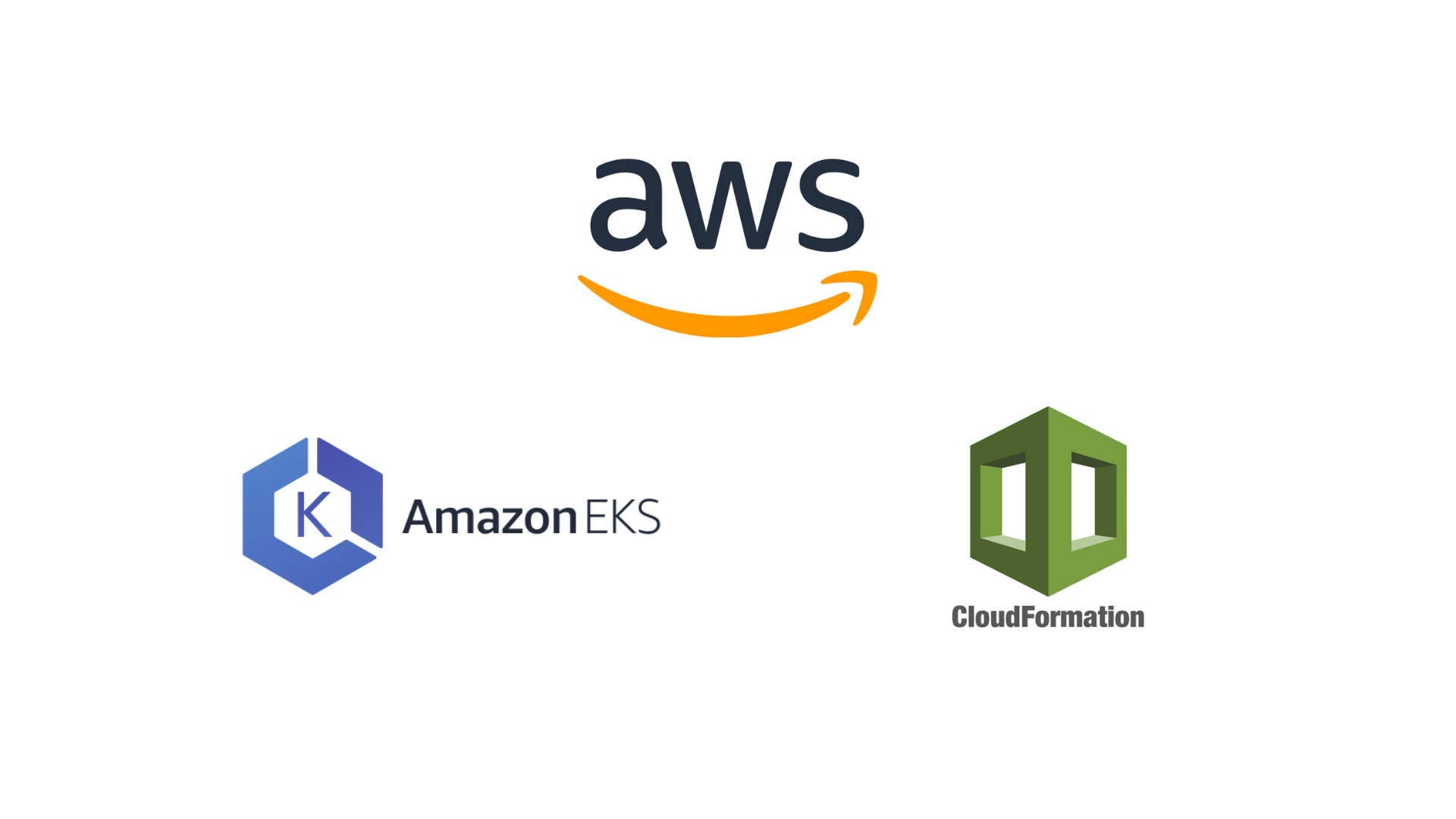
In this article, we are going to see how to create a Production ready EKS cluster by following the steps using the CloudFormation template and AWS dashboard.

1. Setting up networking components
When it comes to networking setup Amazon EKS service has specific requirements and considerations for the VPC and subnets in the cluster being deployed. And AWS also maintains a CloudFormation template that can help us create VPC and subnets.
Head on to CloudFormation section, choose to Create stack option, and add the following AWS S3 URL template it has the option of creating subnets in both public and private.
https://s3.us-west-2.amazonaws.com/amazon-eks/cloudformation/2020-10-29/amazon-eks-vpc-private-subnets.yaml
After uploading the template you’ll have the option to customize the CIDR blocks. And I’m naming this stack has the eks-vpc-stack.
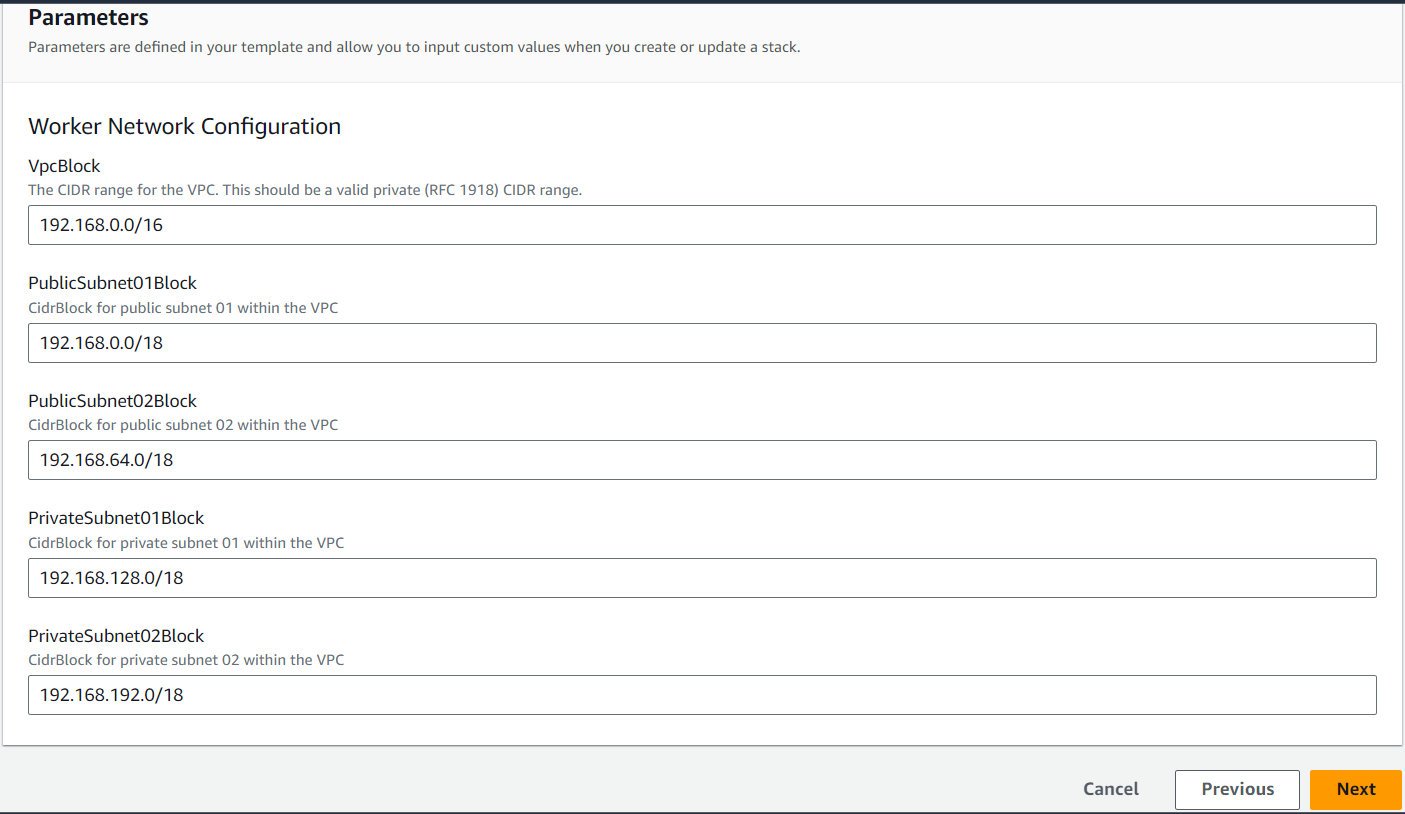
2. Creating an IAM role
AWS-managed Kubernetes EKS service needs to access other AWS services on your behalf to manage the resources. For that, we need to create an IAM role with access to AmazonEKSClusterPolicy and I’m naming it as eks-cluster-role
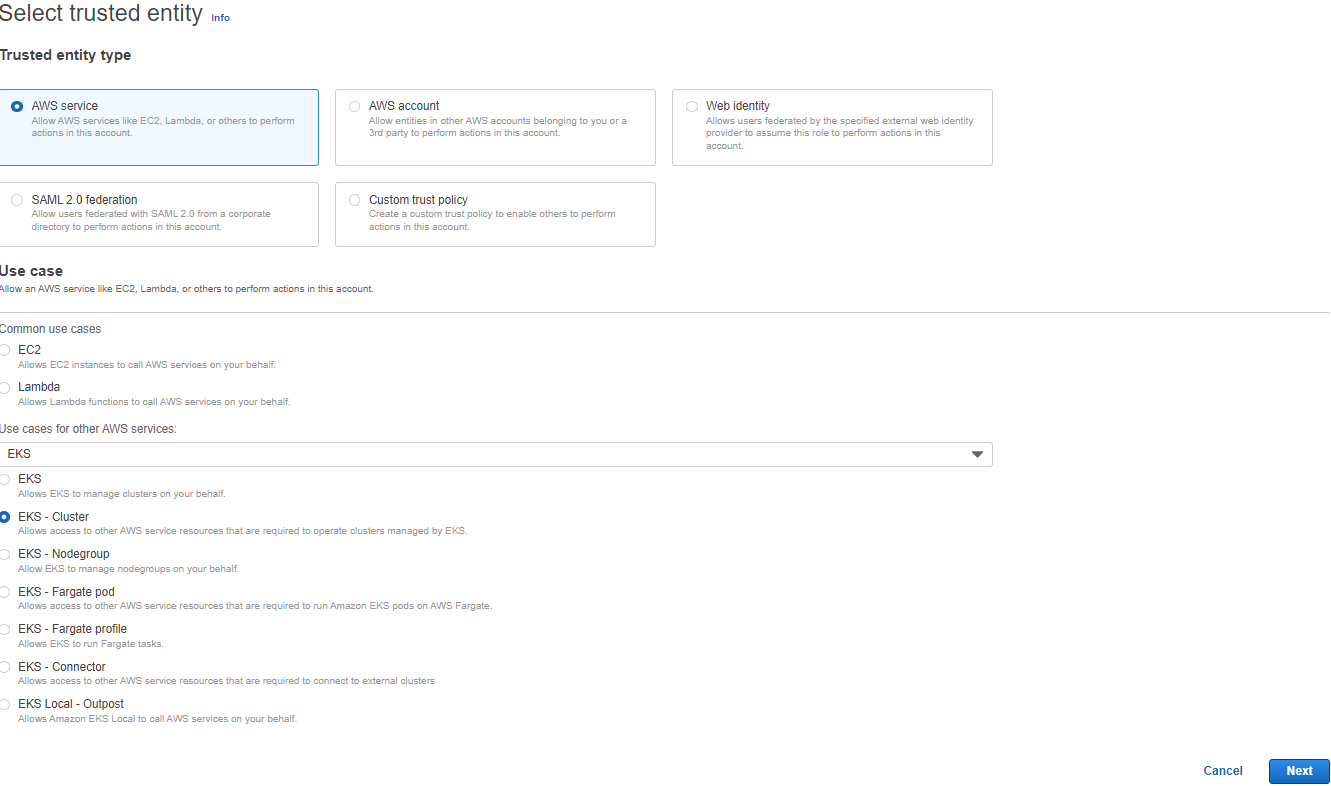
3. Creating an EKS cluster
Upon creating the EKS cluster make sure to select the previously created VPC & IAM role as follows and complete the setup.
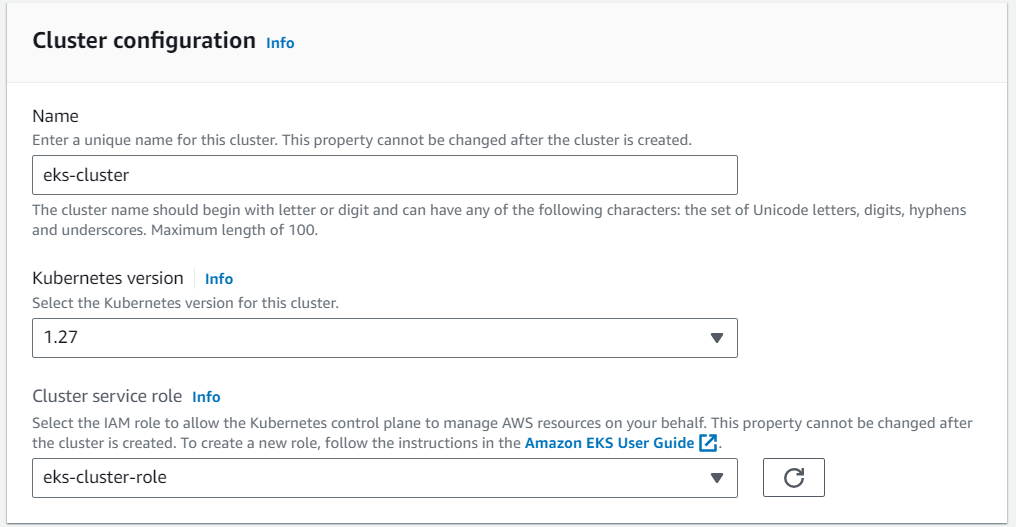
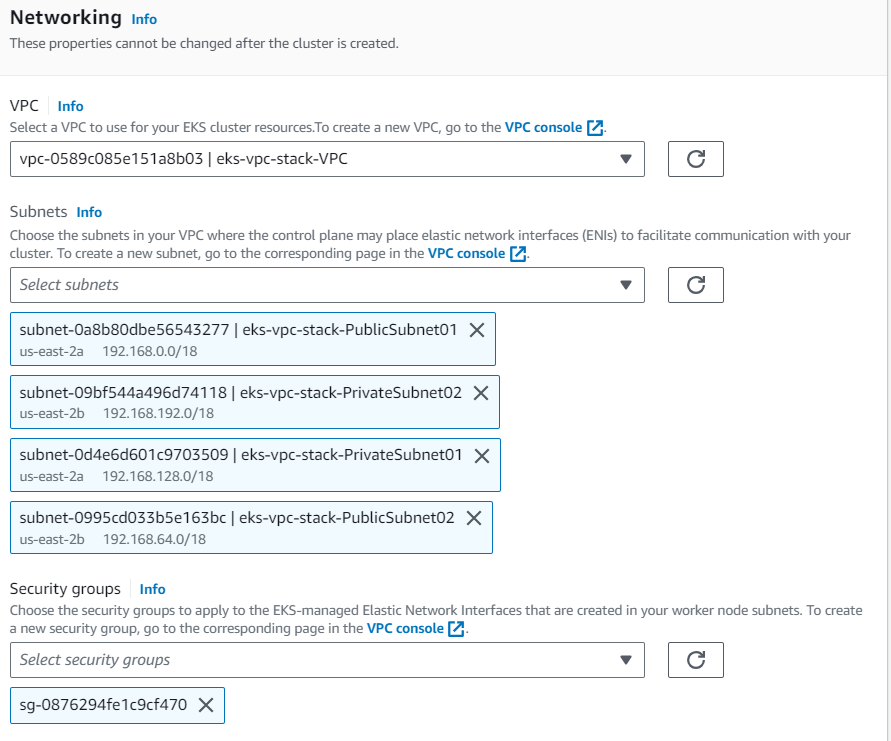
Once the setup is completed, update the kube config details using AWS CLI. You can now access the namespace but not the Kubernetes nodes since we haven’t configured the worker nodes yet.
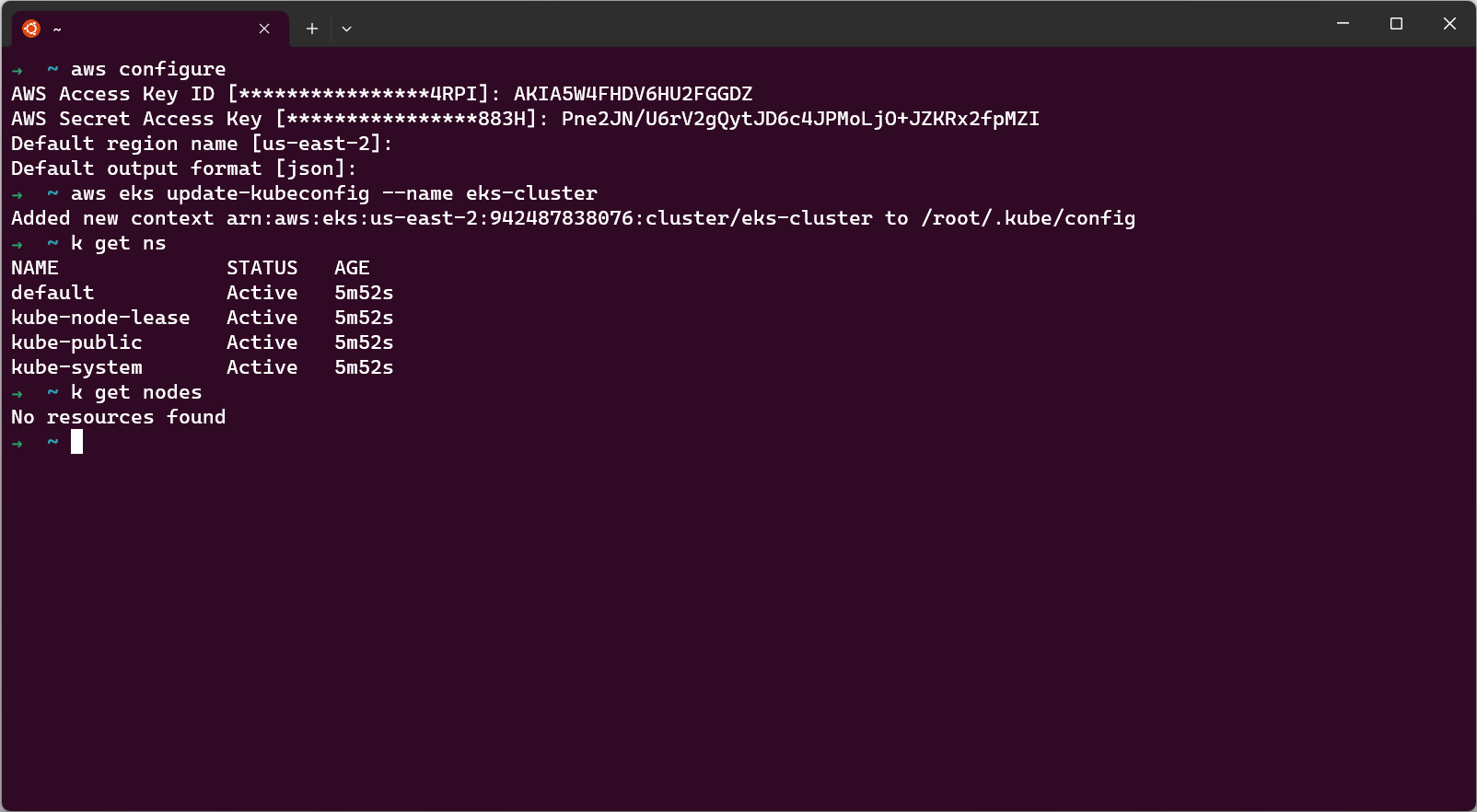
4. Creating self-managed worker nodes
Go to CloudFormation stack and add the following template to it.
https://s3.us-west-2.amazonaws.com/amazon-eks/cloudformation/2022-12-23/amazon-eks-nodegroup.yaml
In the parameter section, provide the ClusterName matching the EKS cluster name we’ve created and selecting the appropriate VPC, Subnets, Security Group, and SSH key pair.
5. Joining Worker nodes to the Control plane
To attach the worker nodes to the control plane, modify the following yml file key rolearn with the arn value of NodeInstanceRole (created as part of the Worker node CloudFormation template). And apply the k8s file to attach the worker nodes to the control plane.
apiVersion: v1
kind: ConfigMap
metadata:
name: aws-auth
namespace: kube-system
data:
mapRoles: |
- rolearn: arn:aws:iam::942487838076:role/eks-worker-node-NodeInstanceRole-1B9EVIY7CEYD8
username: system:node:{{EC2PrivateDNSName}}
groups:
- system:bootstrappers
- system:nodes
Once the above k8s file is applied successfully; we can able to get all the nodes by running the below command.
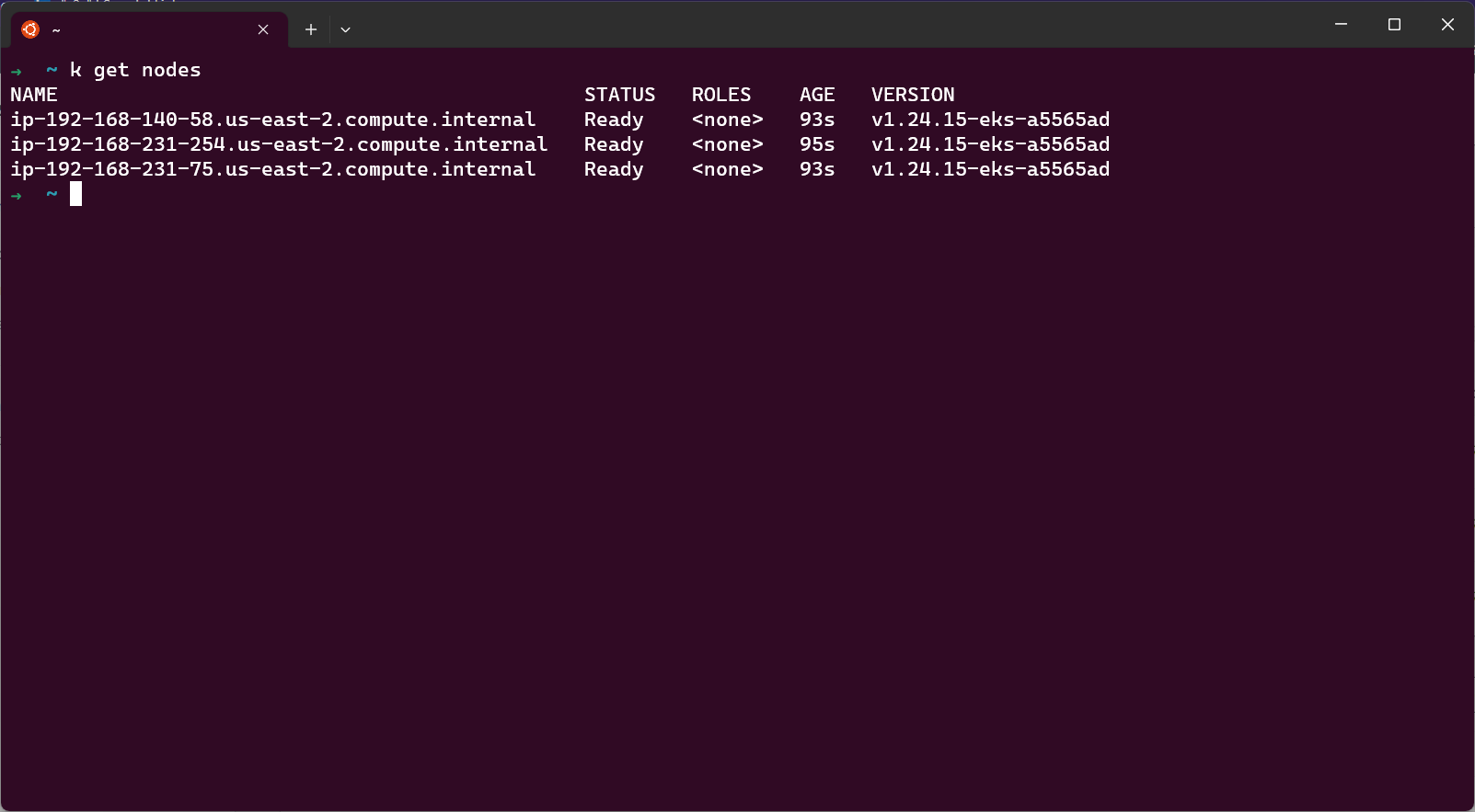
Originally published on Medium
References:
[1] https://docs.aws.amazon.com/eks/latest/userguide/what-is-eks.html